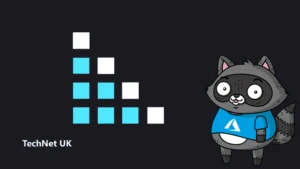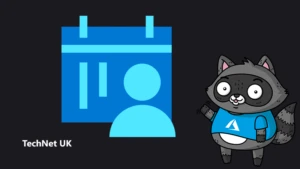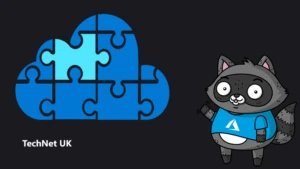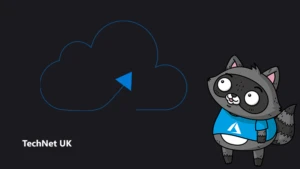
Coding Week: What you need to build your own mobile apps

It seems, today, that there’s an app for just about everything we do on our phones – from social networks to jazzed-up calculators. As the mobile market continues to grow, globally, more and more developers are turning their attention to the creation of mobile apps and games.
And one of the best tools to create your own apps is with Xamarin.Forms and Visual Studio. You can find out more through our free online course ‘Build mobile apps with Xamarin.Forms’ over at Microsoft Learn.
What is Xamarin.Forms?
It all starts with Xamarin, a popular .NET developer platform featuring handy tools needed to build all sorts of applications. And one of those tools is Xamarin.Forms. This free, open-source cross-platform framework offers everything you need to create mobile apps on the most popular platforms.
The toolkit deals primarily with user interface (UI) features. Pages, layouts, and controls can all be built using a single API. Given the importance of UI in app design – a bad UI makes for a bad experience, which makes for fewer downloads – this makes Xamarin.Forms an incredibly powerful tool in your arsenal.
But it’s not all about UI.
Xamarin.Forms is packed with loads of awesome extras, like a binding engine and a messaging centre that help make your app work smoothly.
You may also find it worthwhile reading our introduction to Xamarin.Forms before you get started. Here, you can explore the toolkit’s capabilities, as well as tutorials on just about every part of it – ideal for any budding app developer.
What are the benefits of using Xamarin.Forms?
That ‘cross-platform’ promise is a major draw to Xamarin.Forms.
The main problem with app development is that there are two different operating systems for phones – Android and iOS.
Xamarin, in itself, isn’t the silver bullet. You’ll still need to write separate sections of code for the different platforms. However, Xamarin.Forms helps lighten the load by letting you create a shared UI that runs across Android and iOS phones. This leaves you with more time focus on what your app can do, rather than slogging away just to get it off the ground.
When starting your app development, keep two things in mind:
- What operating system you’re targeting
- What you want to achieve with your app
Once you have the answer to these, you can focus on squeezing every drop of value from Xamarin.Forms.
What do I need to get started?
You can’t just plunge right into app creation with Xamarin.Forms. This is a fairly advanced language. As such, before starting your Microsoft Learn course, you’ll need at least a working understanding of C# and .NET (or a friend who knows what they’re doing!).
If this all sounds unfathomable, then have a peek at Microsoft tutorials and information for those only just embarking on their coding journey.
You should also grab yourself a copy of Visual Studio, in order to complete the free Microsoft Learn courses. That should be enough to get you started. Visual Studio also sets you up with the other tools you need, such as the Android SDK Manager, which you’ll need if you’re targeting that OS.
How do I begin?
Once you’re equipped with the skills you need, head to our Microsoft Learn course ‘Build mobile apps with Xamarin.Forms’. Across 10 distinct modules, you’ll learn exactly how to use C# and Visual Studio to create iOS and Android apps with absolute ease – and don’t worry, you won’t be thrown into the deep end; we’ll start you off with the basics.




